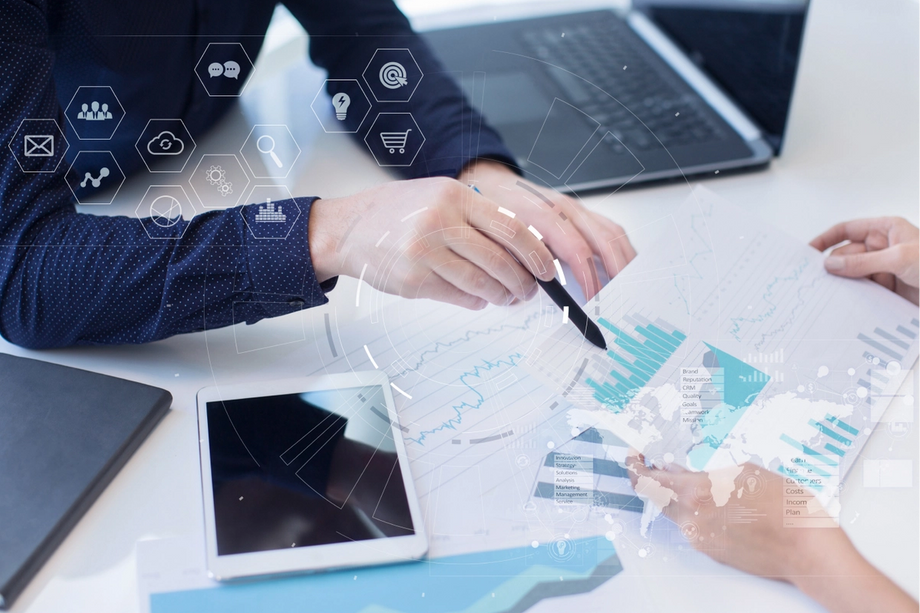Project Planning


ABOUT PROJECT PLANNING
After a personal consultation and a thorough understanding of the client's needs, we prepare a precise project plan, making the best use of the technical tools at our disposal, with particular attention to the time and other resources required
The main steps of project planning for mobile applications using VR and AR technology are:
Idea and Conceptualization
The first step in the design process is to develop a concept. In this phase, we define the purpose of the application, the problem it solves and the VR or AR elements it can be extended with. It is important to understand what kind of user experience you want to provide.
Target Audience and User Needs
Identify who the main users of the application will be and what their needs are. This will help us to tailor the features and design of the application to the needs of the end users.
Features and Content Design
What VR or AR features do you want to integrate into the app? These could be virtual objects, maps, augmented reality navigation, games, etc. When designing the features, it is important to consider the technical and user constraints that may affect the implementation.
Prototyping
A prototype of the application will be created to test the functionality of the designed VR or AR elements in practice. The prototype can be low-level or high-level, the point is to get a feel for how the application will be used.
Interface Design (UI/UX design)
User interface design is of paramount importance. For AR and VR applications, even more attention should be paid to ease of navigation, usability and intuitiveness of the experience.
Development and Implementation
In this phase we implement the application with the intended VR or AR features. This will require a development environment that supports augmented reality and virtual reality development. The application will need to be coordinated with AR/VR devices (e.g. VR headsets, AR glasses) or with the built-in cameras of the devices.
Testing and Troubleshooting
Once the application is developed, an extended testing process is essential to ensure that the application works on different devices and environments. Bugs and issues discovered here need to be fixed.
User Feedback and Refinement
When the application is made available to users, feedback and reviews are collected. These will be used to refine the application, improve the user experience and possibly add new features as needed.
Maintenance and Updates
This part of the application lifecycle includes maintenance of the application, bug fixes and periodic updates to add new features or improve existing features.
AR and VR technology allows us to create immersive and interactive user experiences, but implementing these can be a complex and challenging process. We always design with the needs of the user and the limitations of the technology in mind.